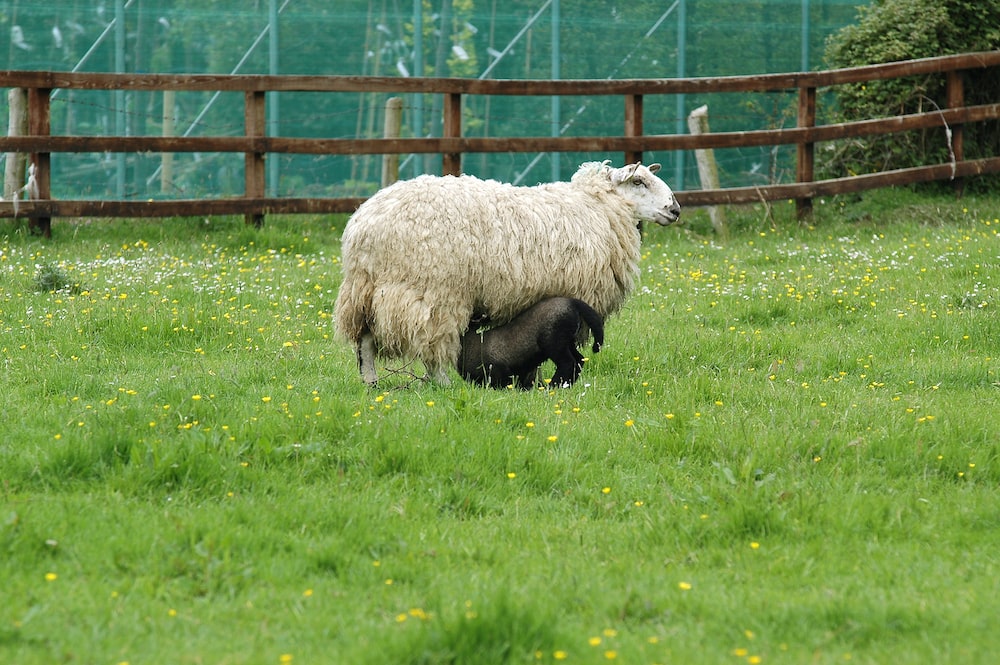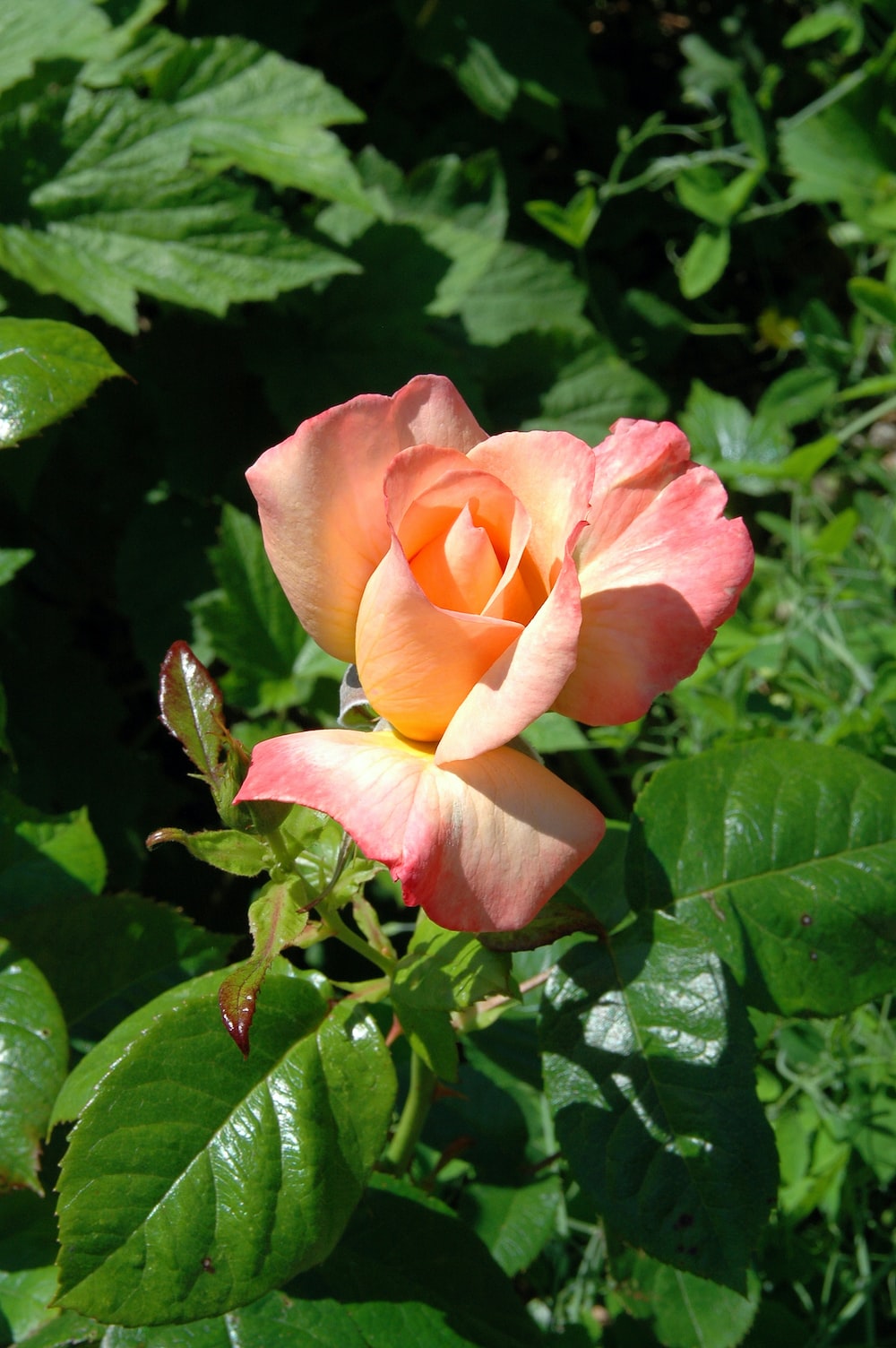The best time of year to trim arborvitae is typically in late winter or early spring, once the branches have gone dormant and the threat of frost has passed. Trimming during this time promotes thicker, healthier growth and maintains the desired shape of the shrub. Late summer or early fall can also be used for trimming arborvitae, but this may result in a less desirable shape.

Trimming your arborvitae every year is essential for achieving the best results. Regular trimming helps promote healthy growth and enhances the overall appearance of the shrub. Properly pruned arborvitae will maintain its shape and density and will remain a beautiful addition to your landscape. To get the most out of your trimming, be sure to use the right tools and techniques. Start by cutting away any dead or damaged branches and then follow up with light shaping and thinning. Lastly, use sharp shears to give your arborvitae a neat and tidy look.
Introduction

The best time of year to trim arborvitae is typically in late winter or early spring, once the branches have gone dormant and the threat of frost has passed. Trimming during this time promotes thicker, healthier growth and maintains the desired shape of the shrub. Late summer or early fall can also be used for trimming arborvitae, but this may result in a less desirable shape.
Best Time of Year to Trim Arborvitae in Spring
The best time of year to trim arborvitae in the spring is typically late winter or early spring, when the plants are still dormant. Pruning in this season allows for removal of any dead or diseased branches, as well as shaping the shrub to your desired form. Regular pruning and trimming are important to promote healthy growth, so be sure to follow a regular schedule.
Best Time of Year to Trim Arborvitae in Summer

The best time of year to trim arborvitae in summer is late spring or early summer. This will ensure that the shrub has a full growing season ahead of it and that no important nutrients are lost during its pruning. Trimming arborvitae too late in the summer can stunt the growth of the shrub and may cause it to become sickly or die. It’s best to err on the side of caution when trimming arborvitae in the summer, as it is a sensitive plant.
Best Time of Year to Trim Arborvitae in Fall
The best time of year to trim arborvitae in the fall is during the late summer or early fall. This will ensure that the shrub has plenty of time to heal before winter sets in. Pruning too late can damage new growth and reduce the plant’s health. Taking care of your arborvitae in the fall will help it look its best throughout the year.
Best Time of Year to Trim Arborvitae in Winter
 The best time of year to trim an arborvitae in winter is typically late November or early December. This will allow the tree to recover before the coldest months and also give it enough time to become established before the next growing season. Pruning during this time will also help to reduce the risk of disease and pest infestations.
The best time of year to trim an arborvitae in winter is typically late November or early December. This will allow the tree to recover before the coldest months and also give it enough time to become established before the next growing season. Pruning during this time will also help to reduce the risk of disease and pest infestations.
When pruning, be sure to use sharp, clean tools. Cut away any dead branches or damaged wood, but leave healthy growth intact. Make sure to use only light shaping cuts and do not cut more than one-third of the foliage. Finally, water deeply after pruning to ensure that the arborvitae has enough moisture for healthy regrowth.
Trimming an arborvitae in winter is a great way to keep your landscape looking neat and tidy. It can also help to ensure the tree’s health and longevity.
How to Trim an Arborvitae in Each Season
Trimming an Arborvitae for each season of the year is key to maintaining a healthy and vibrant plant. Pruning should be done annually in the winter, spring, summer and fall. During winter, remove dead, diseased or damaged branches to prevent further damage. In spring, thin out dense growth to allow more light and air to penetrate the center of the tree. Summer pruning should focus on shaping and size control. For fall trimming, remove any branches that are crossing or rubbing against one another. Regular pruning will help keep your arborvitae healthy and looking great for years to come!
When is the Best Time of Year to Prune an Arborvitae?

The best time of year to prune an arborvitae is in late winter or early spring, before new growth begins. Pruning during this period will help maintain the desired shape and size of the tree. Remove any dead or damaged branches, as well as any excess growth. Branches should be cut at a slight angle, just above a bud. This encourages new growth in the desired direction. Late winter/early spring is the optimal time to prune arborvitae.
When pruning, it is important to not remove too much of the tree at once. Removing too many branches can leave the tree vulnerable to disease and damage. Be sure to use sharp, clean pruning tools to make precise cuts. Properly pruning your arborvitae will help it thrive and stay healthy.
What Tools are Needed to Properly Trim an Arborvitae?
Properly trimming an Arborvitae tree requires the right tools. A good pair of pruning shears, loppers, and pole saws are essential for the job. Pruning shears can be used to cut small branches, while loppers can be used for larger branches. For branches that are too high to reach, a pole saw is needed. All of this should be done once a year to keep the Arborvitae looking great.
Tips and Techniques for Properly Trimming an Arborvitae

Properly trimming an arborvitae will help keep it looking healthy and attractive for years to come. When done correctly, trimming can help promote new growth and improve the overall appearance of the plant. To start, it’s important to decide which branches need to be trimmed and which ones should remain untouched. The best time to trim is in the late winter or early spring. Be sure to use the right tools, such as sharp shears, and make clean cuts, avoiding jagged edges. It’s also important to trim regularly; doing so once a year should suffice.
conclusion
The best time of year to trim arborvitae is in late winter or early spring, typically from late February to late March. Late winter is the ideal time for pruning since the plant is dormant and can tolerate the shock. Pruning during this time will help promote healthy new growth in the year ahead. Make sure to use sharp pruning shears and sterilize them between plants to prevent any spread of disease.
Following these tips will ensure your arborvitae are properly trimmed and remain healthy throughout the year.
Happy pruning!
Some questions with answers

Q1: What is the best time of year to trim arborvitae?
The best time to trim arborvitae is in late winter or early spring, before the new growth begins.
Q2: When should I not trim arborvitae?
You should avoid trimming arborvitae during the fall and summer as it may encourage new growth.
Q3: Is it possible to trim arborvitae multiple times a year?
Yes, it is possible to trim arborvitae multiple times a year, although it is best to wait until late winter or early spring for the most significant trim.
Q4: What kind of tools should I use to trim arborvitae?
It is best to use pruning shears, loppers, or hedge trimmers when trimming arborvitae.
Q5: How do I know how much to trim arborvitae?
It is best to start by removing any dead or damaged branches, then trimming the remaining branches back by about a third of their length.
Q6: Can I trim arborvitae in the summer?
It is not recommended to trim arborvitae in the summer as this may stimulate new growth.
Q7: What are the benefits of trimming arborvitae?
Trimming arborvitae can help promote healthy growth and reduce disease, as well as improve the overall appearance of the shrub.
Q8: How often should I trim arborvitae?
Arborvitae should be trimmed once a year in late winter or early spring.
Q9: Is there a risk associated with trimming arborvitae?
Yes, if not done properly, trimming arborvitae can cause damage to the plant and lead to disease.
Q10: Does the size of arborvitae affect how it should be trimmed?
Yes, larger arborvitae may require more pruning than smaller shrubs in order to maintain its shape and health.
